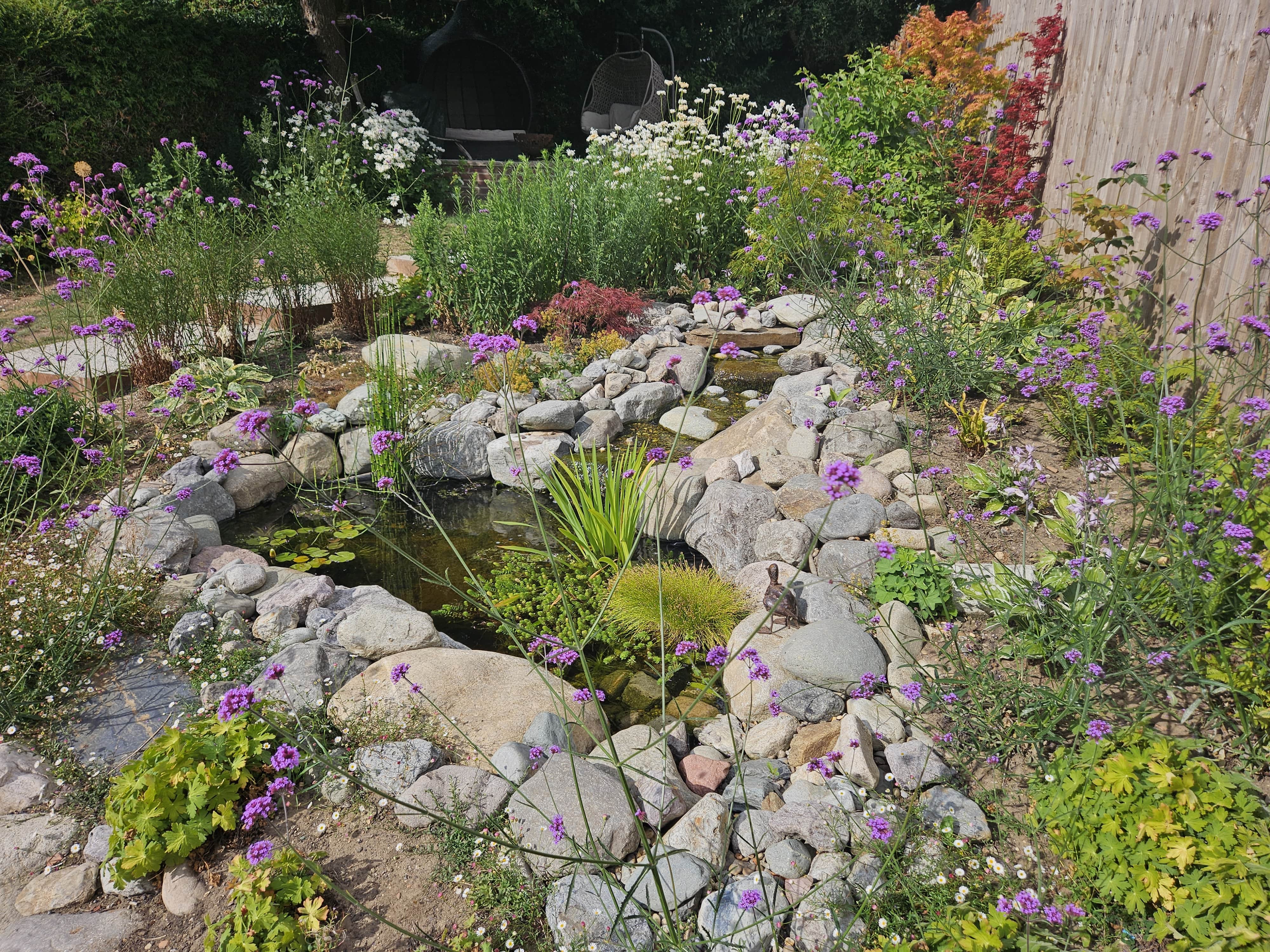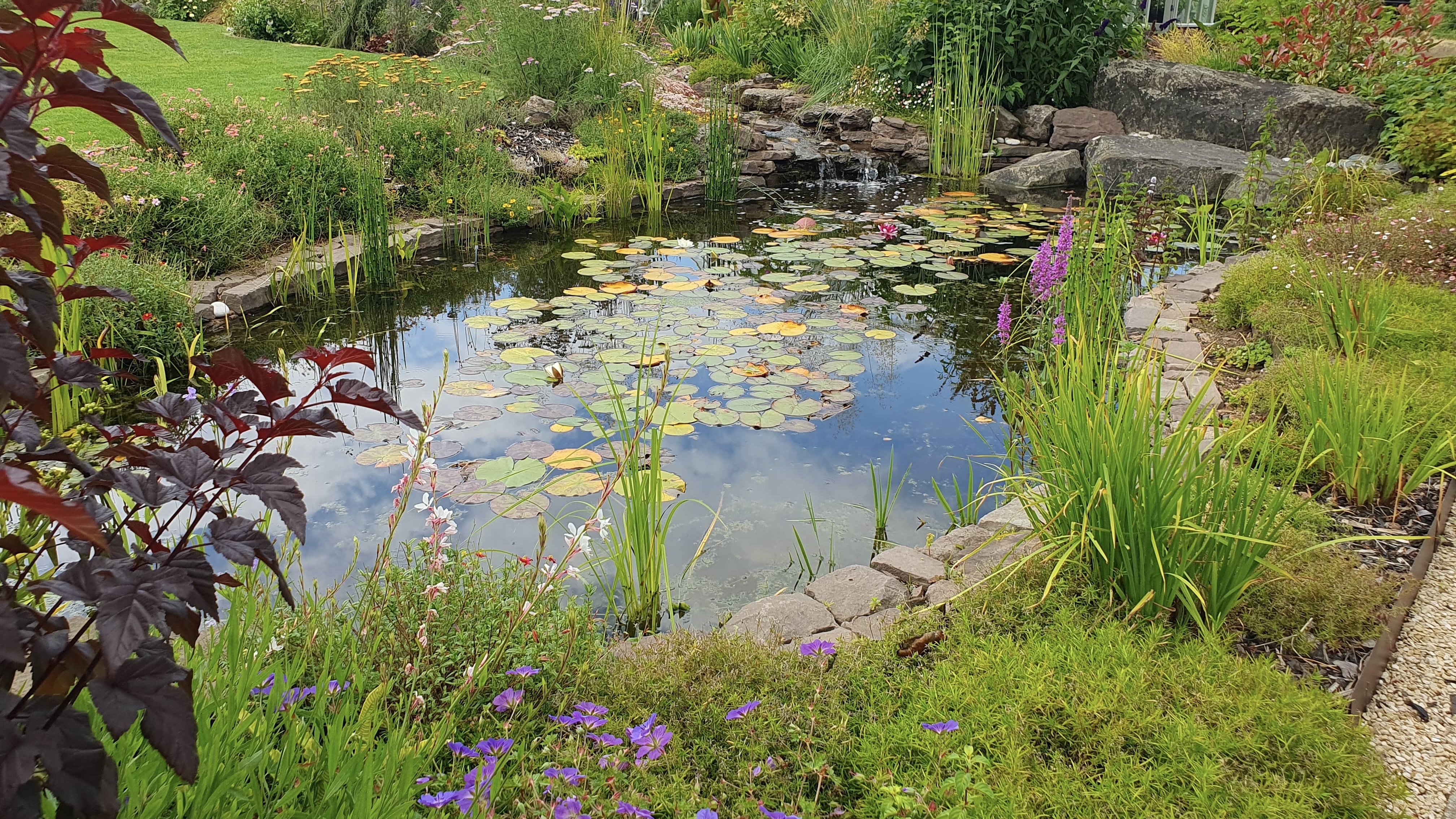
So, you want a water feature in your garden – but you’ve got a few questions?
I’m here to help answer them and solve all your watery worries!
1. Will I be able to maintain it easily?
If you’re not sure how to properly maintain a water feature, there are services which will do this for you. However, most water features, especially those without pools, like bubble fountains, are very easy to maintain, usually involving topping up the water regularly, or adding (non-toxic) chemicals to the water to keep it clean. It’s important to do this because still or even flowing water can harbour harmful diseases or contaminants. Bright sunlight can promote algal growth which can be dangerous to pets or wildlife, for example.
2. Will it be expensive to run?
This is very much an ‘it depends’ answer. Water features range from the very simple, to Versailles-like complex installations. The more water and bigger the pump needed; the more expenditure involved. Some even come with apps to control the flow, lighting, or increase fountain height. It’s worth asking the question before installation – ideally in the planning phase, so that ambition doesn’t tie you to an unsustainable ongoing cost. One client told me that they calculated that their cascade and pond took £50 per year to run, so they decided to just leave it on all the time.
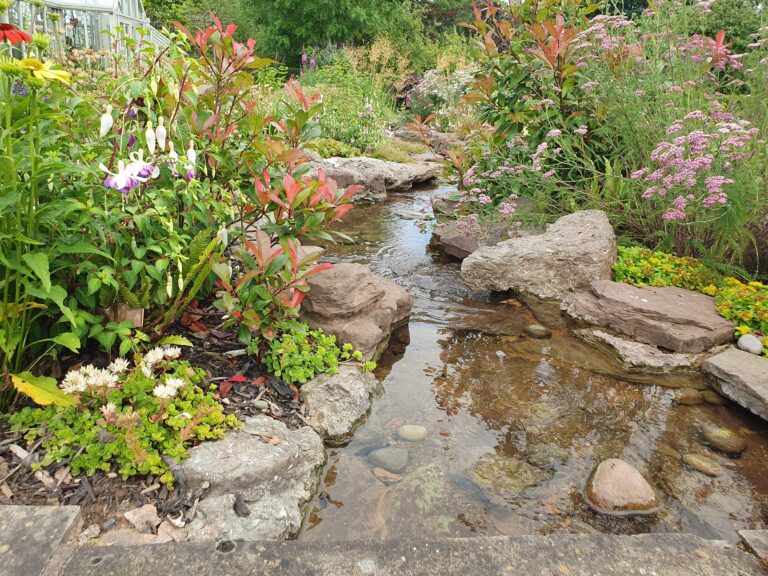
3. How loud will it be?
The sounds of water can be very relaxing – but water features can be intrusive if poorly designed. Those with metal elements or if the water splashes onto pebbles can be particularly loud, so an experiment before installation is a good idea. Sometimes this can be mitigated by having planting to soften the splash. Other options, like moving the feature away from the house, lowering the height of the fall, or slowing the flow can all help.
4. How often does it need topping up?
Features that are ‘closed’ like bubble fountains, or non-flowing like wildlife ponds with no pump or filter often need only minimal topping up. Wildlife ponds in particular can be designed to cope with varying water levels, with planting at the edges to look good when drier, or other aquatic plants to cover the surface so that evaporation is minimised. However, there are calculations to balance pump size and flow with volume of water, which are best done by an expert, and again, is worth asking about before installation.
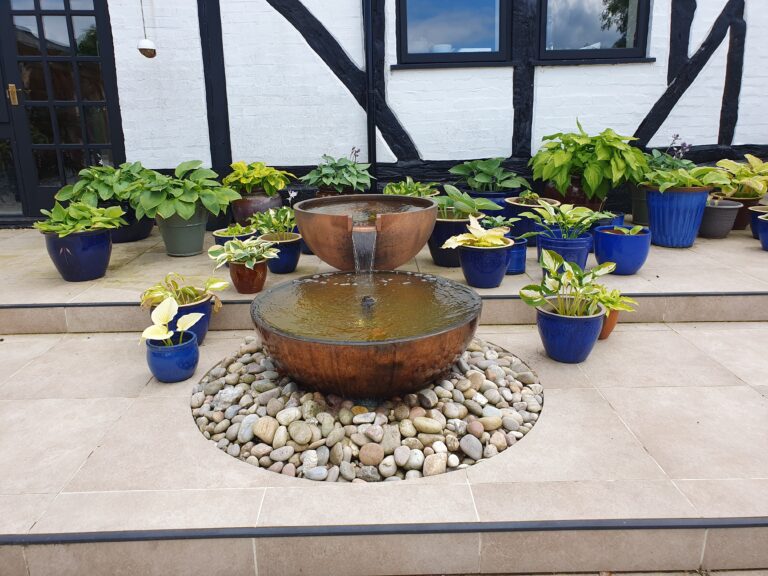
5. Is a water feature safe?
It is my own opinion that it’s best to teach children about pond safety than to remove water from the garden. Proper supervision should of course be used with children too young to understand, and sub-surface grilles can be installed to prevent submersion should accidents occur; this is also a good idea if you have pets that might try to take a dip. Good design can also play a part, perhaps by raising the lip of the pond to prevent easy tumbling in, or by surrounding the pond with planting or a discreet fence to prevent easy access.
6. Will it do what you want it to? (nature-friendly/fish/etc.)
There's a difference between a wildlife pond which may end up with a few fish in it (eggs brought in on the legs of birds, for example) and a fishpond. The latter is a much more complex installation than the former, and unless you are prepared to live with some quite complex protection, the heron will take a toll on your stocks. It’s best to decide early on what you want to achieve, so that the design can incorporate the equipment needed – pumps need electricity, for example, and cables will need to be properly buried.
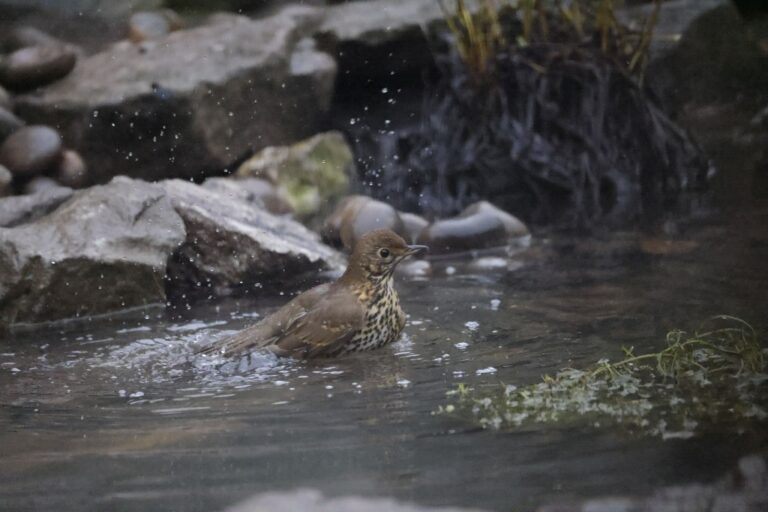
In summary, a water feature can really be as simple or as complex as you want it to be, and whatever the size or complexity, will bring a delightful sensory aspect to any garden. It also brings many other benefits such as cooling a garden, providing water for wildlife, and adding a new layer of planting interest in the form of aquatic plants.
If you’d like some help to plan one into your garden, do get in touch!
